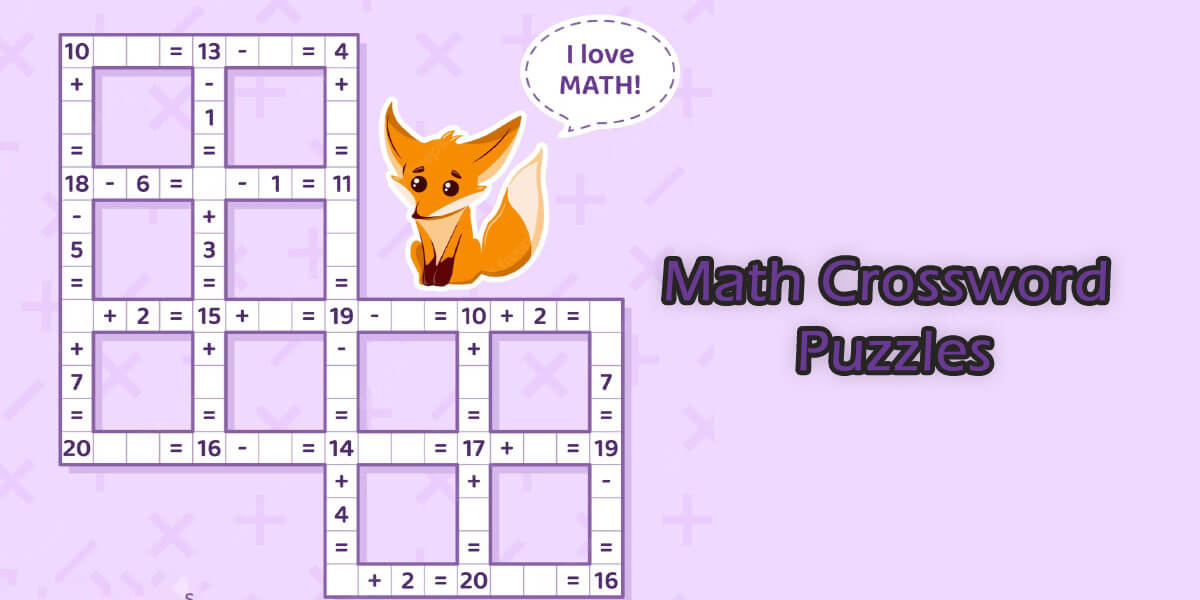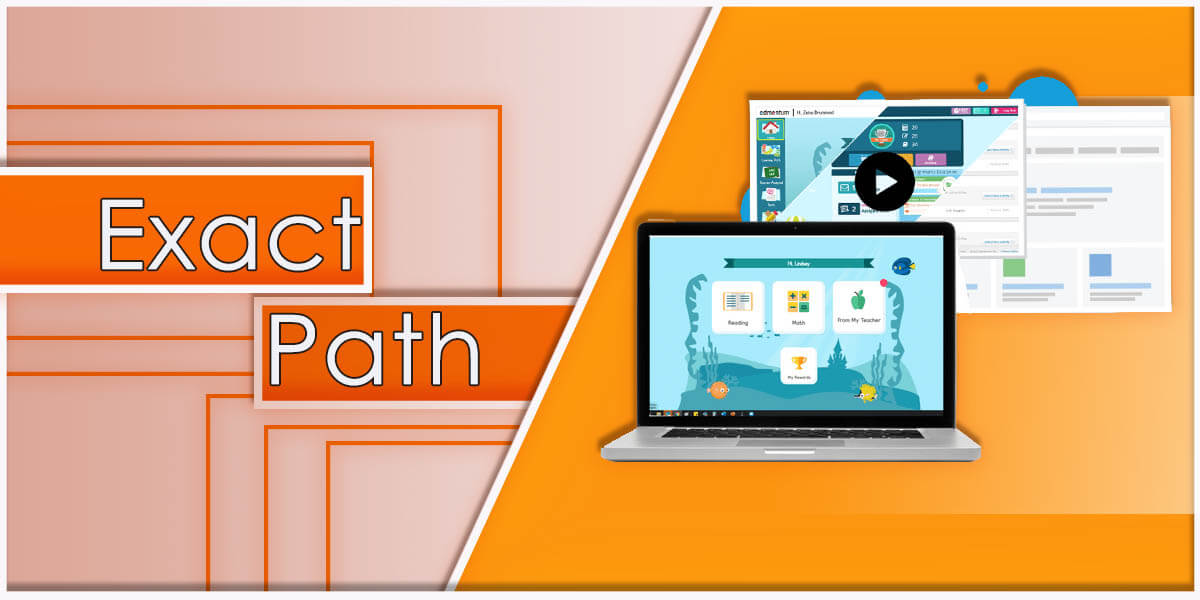ActivePresenter 8 is one of the most widely used eLearning platforms that help people create and use different courses and learning tools. By using this platform, you can easily create Math Crossword Puzzles. However, you have to keep some factors in consideration.
We will discuss these factors in great detail in today’s article. We’re going to discuss what a Match Crossword Puzzle is along with its benefits. After that, we will discuss how you can use ActivePresenter 8 to create this puzzle. Let’s begin.
What are Math Crossword Puzzles?
Math crosswords embed word problems, calculations, or formulas within a crossword grid that students solve to reveal answers. This game-like approach motivates learners through low-stakes practice with immediate feedback. Concepts become more memorable versus traditional worksheets. Puzzles can be tailored across grade levels and topics from basic operations to advanced trigonometry. When designed well with strategic clues, they reinforce vital objectives.
Benefits of Math Crossword Puzzles
Motivation and Engagement
The game-like format keeps students interested and having fun while learning. Concepts that may otherwise bore are now exciting challenges. This interactive style fuels intrinsic motivation to solve clues.
Immediate Feedback
Upon submitting answers, students instantly know if they are correct versus waiting for test scores. This rapid feedback helps identify and correct any misconceptions immediately. It also encourages persistence to solve remaining clues.
Memorization and Retention
The active practice required cement concepts in long-term memory that were much stronger than passive worksheets. Students recall information better when learning through an engaging activity versus traditional methods.
Differentiated Practice
Educators can customize puzzles by difficulty level to meet all learners where they are. Struggling students receive additional support through easier clues, while advanced learners face more significant challenges. No one is left behind or bored.
Low-Stakes Assessment
Puzzles provide a low-pressure way to assess understanding without high-stakes testing stress formatively. Students are willing to take risks and learn from mistakes in a low-risk environment. This identifies gaps before high-stakes evaluations.
Collaboration and Competition
Puzzles can be played individually or cooperatively in small groups, allowing friendly competition and teamwork opportunities. Students support each other’s learning in a socially engaging activity.
Connected to Curriculum
Well-designed clues directly reinforce objectives from the ongoing math curriculum. This ensures practice stays applicable to standards students must master. The format makes review concepts fresh and memorable.
Designing Effective Clues

Educators must carefully craft clues containing apparent, single-step math problems solvable through logical reasoning. Avoid ambiguous wording requiring extensive calculations that frustrate students. Pre-test clues on classmates to ensure understanding and difficulty level are appropriate. Incorporate visualization when possible – for example, depicting shapes or graphs within hints—strategically sequence clues from more accessible to more challenging.
How to Play Math Crossword Puzzles
Receiving the Materials
Students are provided either printed crossword grids and clue lists or access these digitally, depending on the assignment. Educators ensure all learners have the necessary materials to participate successfully.
Analyzing the Clues
Students read each clue thoroughly, focusing on comprehending the math problem or calculation presented. They may need to re-examine clues that are initially confusing.
Determining the Answer
Learners then carefully solve the math problem by showing their work. The answer is a letter or series of letters to be written in the crossword grid.
Filling in the Squares
Once students identify the answer, they locate the corresponding numbered crossword square and write in the correct letter(s). Taking care of spelling and placement is essential.
Individual or Group Play
Educators structure puzzles to best match learners’ needs through individual or small group formats. Teams encourage collaboration, while solo play allows independent practice.
Setting an Appropriate Level
Teachers design clues aligned to grade-level standards to challenge without overwhelming students. They may provide indications of varying difficulty within the same puzzle for differentiation.
Customization Features in ActivePresenter 8

- Template Options – Pre-designed grids are selected and imported, or blank templates allow fully custom designs. Multiple layouts engage different learning styles.
- Inputting Clues – Clues are directly inserted or pasted into the template boxes. Careful formatting ensures clarity and ease of reading.
- Formatting Tools – Visual elements like colors, fonts, and images incorporated into clues help focus attention and emphasize essential aspects.
- Updating Content – As topics progress through the curriculum calendar, answers and solutions update efficiently in templates for continued use.
- Sharing Templates – Colleagues freely collaborate by sharing crossword files and building a bank of review activities for mutual classroom benefit.
Interactive Assignment Options
Once clues are input, puzzles can be printed for traditional play or assigned digitally through ActivePresenter 8. This enables auto-grading as students type answers directly into the template. Educators immediately see results and provide feedback to reinforce understanding. Puzzles may also be projected during lessons, with instructors calling on students to solve clues together as an engaging activity.
Read More: BuzzMath – Differentiated Learning For All Students
Additional ActivePresenter Tools
Its multimedia features bring math to life. Videos, simulations, interactive diagrams, or 3D models within clues make abstract concepts more concrete. Equations editor simplifies showing step-by-step working. Animations, highlights, and notes keep students engaged during live presentations. Integrated assessments evaluate comprehension. These tools complement crosswords to reinforce lessons fully.
Drawbacks of Math Crossword Puzzles
While math crossword puzzles provide many engagement and learning benefits, some potential drawbacks to consider include:
Clue Design Challenges
Crafting clues for advanced mathematical concepts can be tricky. Educators must carefully consider how to present multi-step problems concisely within a single clue’s constraints. Even with pre-testing, some clues may inadvertently contain ambiguities that are confusing for students. Additional scaffolding, like examples or hint options, could mitigate this challenge.
Visualization Limitations

Specific topics like proofs or abstract algebra involve complex relationships not easily conveyed in a visual puzzle. While engaging, the crossword format may not optimally reinforce learning objectives for these concepts. Supplementary activities would still be required to complement puzzles for a well-rounded lesson.
Time Requirement
Initial puzzle creation demands extensive strategizing around clue wording, sequencing, and difficulty calibration. Factoring in pre-testing clues and iteratively refining the design extends the upfront time investment compared to traditional worksheets. This workload must be planned carefully within curriculum timelines.
Literacy Dependence
For students with weaker reading skills, deciphering mathematical word problems embedded in clues presents an additional barrier. Educators should provide support, such as reading clues aloud or simplifying language. Multi-modal hints incorporating visuals could also help reduce literacy dependence.
Limited Assessment
While formative for practice, more than crosswords alone may be needed to evaluate comprehension of topics adequately. Other assessment types capturing higher-order thinking skills are still required to gauge mastery. Puzzles are best used to supplement more robust assessment measures.
Technology Reliance
Relying on devices and software for digital assignments assumes consistent access, which is not guaranteed depending on context. Back-up printed options mitigate this drawback to maintain inclusiveness for all learners.
To mitigate drawbacks, educators can focus puzzles on concrete concepts, pre-test clue clarity, provide scaffolds for struggling readers, supplement with other activities, and make printed versions available as needed. With careful planning, the significant engagement benefits generally outweigh these potential limitations.
Conclusion
ActivePresenter 8 streamlines puzzle-based learning by empowering quick, customized crossword creation. This motivating format boosts mathematical understanding through collaborative, differentiated practice aligned with curriculum standards. Educators are equipped to engage students through interactive assignments and lessons leveraging all the software’s multimedia capabilities.




